Biodigesters play a pivotal role in promoting environmental sustainability through their innovative waste management processes.
One of their primary benefits lies in their capability to mitigate greenhouse gas emissions effectively.
Methane, a potent greenhouse gas, is naturally produced during the decomposition of organic waste in traditional waste disposal methods such as landfills.

Introduction
In recent years, biodigesters have gained popularity as an eco-friendly and efficient solution for waste management.
But what exactly is a biodigester, and how does it work?
In this article, we’ll explore the ins and outs of biodigesters, their benefits, applications, installation process, maintenance, and more.
What is a Biodigester?
A biodigester is a waste management system designed to break down organic matter through anaerobic digestion, a process where microorganisms decompose biodegradable material in the absence of oxygen.
This process produces biogas and nutrient-rich effluent, both of which can be utilized in various ways.
How Does a Biodigester Work?
Biodigesters operate by providing an oxygen-free environment where anaerobic bacteria can thrive and decompose organic waste.
As organic matter enters the biodigester, microorganisms break it down into simpler compounds, releasing biogas, primarily methane and carbon dioxide, as byproducts.
The remaining effluent, known as digestate, is rich in nutrients and can be used as organic fertilizer.
Benefits of Biodigesters
- Environmental Sustainability: Biodigesters help reduce greenhouse gas emissions by capturing methane, a potent greenhouse gas, and converting it into biogas, a renewable energy source.
- Cost Efficiency: By converting organic waste into valuable resources such as biogas and fertilizer, biodigesters can help save money on waste disposal and energy costs.
- Odor Reduction: Biodigesters effectively manage organic waste without producing foul odors, making them suitable for use in residential areas.
Applications of Biodigesters
- Residential Homes: Biodigesters are commonly used in households to manage kitchen waste, food scraps, and sewage. The biogas produced can be used for cooking, heating, and lighting, providing a sustainable energy source.
- Commercial Spaces: In commercial settings, biodigesters offer a cost-effective solution for organic waste management in restaurants, hotels, and other establishments. They help reduce waste disposal costs and promote environmental sustainability.
- Agricultural Sector: Biodigesters are also used in agriculture to manage animal waste and crop residues. The biogas produced can power farm equipment, generators, and irrigation systems, reducing reliance on fossil fuels.
Biodigester Installation Process
The installation process for a biodigester involves site preparation, tank placement, plumbing connections, and sealing.
Professional installation ensures proper functioning and optimal performance of the biodigester system.
Site Selection and Preparation
- Choose a suitable location for the bio digester, considering factors such as space availability, proximity to waste sources, and access for maintenance.
- Prepare the site by clearing vegetation, leveling the ground, and ensuring adequate drainage.
Building the Digester Tank
- Construct the digester tank using the chosen material (concrete, plastic, or metal), following the manufacturer’s instructions or engineering specifications.
- Ensure the tank is properly reinforced and sealed to prevent leaks and gas escape.
Installing Inlet and Outlet Pipes
- Install inlet and outlet pipes to allow for the entry of organic waste and the exit of biogas and digestate.
- Position the pipes securely and ensure watertight connections with the tank.
Adding Ventilation System
- Install ventilation pipes and a fan to promote airflow within the tank and facilitate the release of biogas.
- Ensure the ventilation system is properly sized and positioned to maximize gas production and prevent buildup of harmful gases.
Testing and Commissioning
Once the bio digester is constructed, it’s essential to test the system to ensure proper operation.
Conduct leak tests, pressure tests, and functional tests to verify the integrity and functionality of the system.
Maintenance of Biodigesters
Regular maintenance is essential to keep biodigesters running smoothly. This includes monitoring gas production, inspecting pipes and seals for leaks, and ensuring proper mixing of digestate.
Frequently Asked Questions (FAQs)
How does a biodigester convert waste into water and air?
- Biodigesters use anaerobic digestion to break down organic waste, producing biogas and nutrient-rich effluent. The effluent is then treated and released into the environment as water and air.
What are the benefits of using biodigesters in residential homes?
- Biodigesters help reduce waste disposal costs, provide a renewable energy source, and promote environmental sustainability by converting organic waste into biogas and fertilizer.
Can biodigesters be used in commercial spaces?
- Yes, biodigesters are suitable for use in commercial spaces such as restaurants, hotels, and manufacturing facilities. They offer cost-effective waste management solutions and help reduce environmental impact.
How often do biodigesters need maintenance?
- Biodigesters require regular maintenance to ensure optimal performance. This may include monthly inspections, cleaning of pipes and filters, and monitoring gas production levels.
Are biodigester enzymes necessary for proper functioning?
- Biodigester enzymes can help enhance the digestion process by accelerating the breakdown of organic matter. While not essential, they can improve efficiency and reduce odors in the biodigester system.






















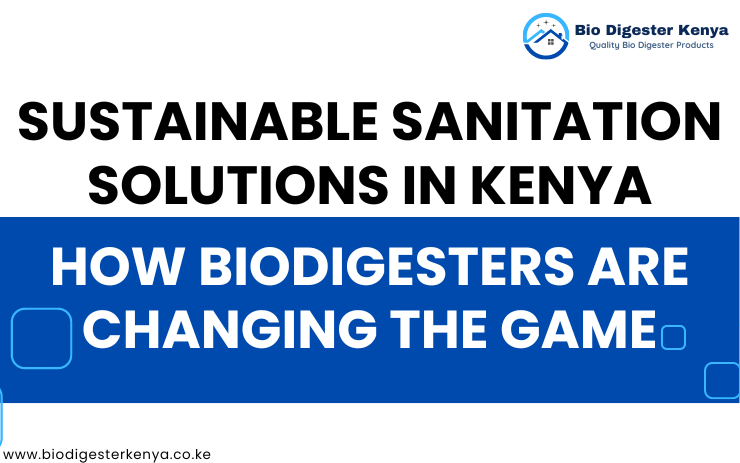













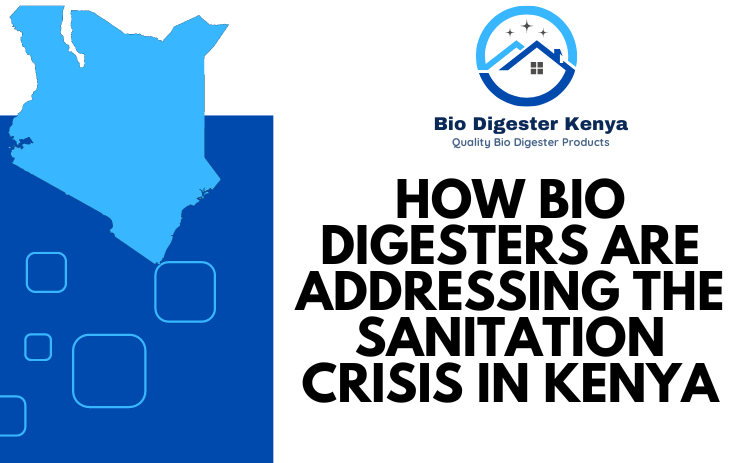













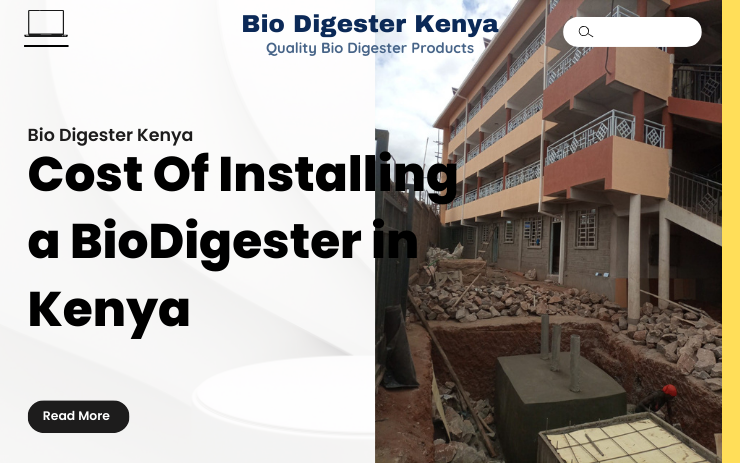










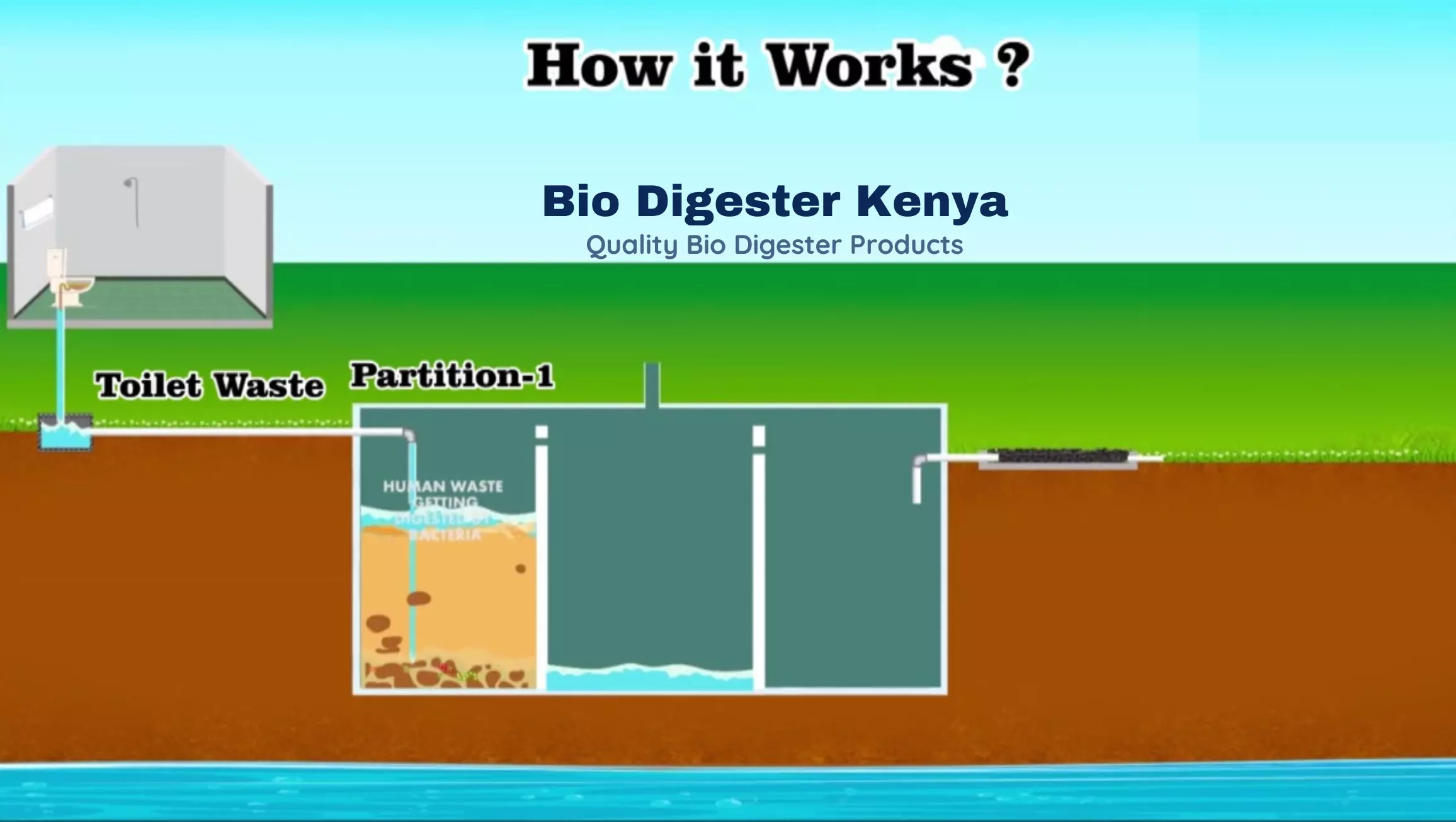

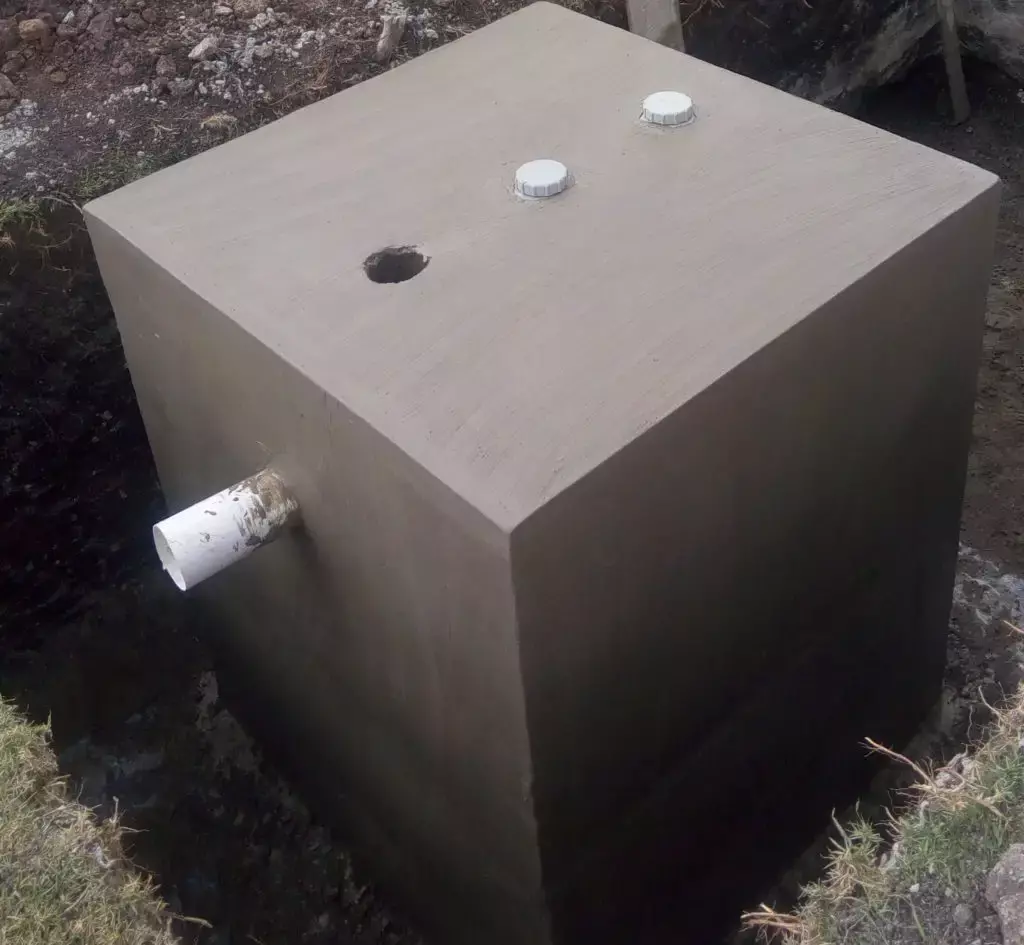



O. Piastry
June 7, 2024 at 11:02 pmI love your blog.. very nice colors & theme. Did you create this website yourself? Plz reply back as I’m looking to create my own blog and would like to know wheere u got this from. thanks